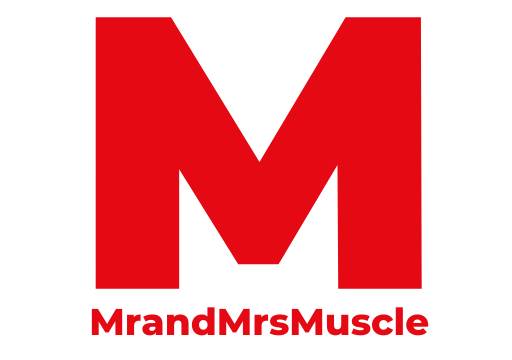What is the teres minor muscle?
The teres minor muscle is a small, triangular muscle located in the upper arm near the shoulder joint. It is one of the four muscles that make up the rotator cuff, a group of muscles and tendons that help to stabilize the shoulder joint. The teres minor is responsible for helping to rotate the arm outward (also known as external rotation) and also helps to stabilize the shoulder joint. (1)
Origin, insertion and function
Origin
The teres minor muscle originates from the lateral border of the scapula, specifically the dorsal surface of the axillary border of the scapula.
Insertion
It inserts on the greater tubercle of the humerus, which is located on the upper part of the arm bone.
Function
The main function of the teres minor muscle is to rotate the arm outward (external rotation) and also helps to stabilize the shoulder joint. It works in conjunction with other rotator cuff muscles to control and stabilize the shoulder joint during movement. Additionally, it also helps to stabilize the shoulder blade (scapula) against the thorax during arm movement. The muscle is innervated by the axillary nerve and receives its blood supply from the posterior circumflex humeral artery. The muscle is commonly injured due to overuse and repetitive motions such as throwing a ball or lifting weights.


Common signs of weak teres minor muscles
Signs of weakness in this area include:
Limited external rotation of the shoulder: The teres minor muscle is responsible for rotating the arm outward, so a weak teres minor muscle may result in limited range of motion in this direction.
Shoulder instability: The teres minor helps to stabilize the shoulder joint, so weakness may lead to instability or a feeling of looseness in the shoulder.
Pain or discomfort in the shoulder due to increased stress on the shoulder joint and surrounding muscles.
Impaired performance in activities requiring external rotation such as throwing or serving in sports
Poor posture of the shoulder: The teres minor works with other muscles to keep the shoulder blade in proper position, so a weak teres minor may cause the shoulder blade to rotate forward, resulting in poor posture.
It’s worth noting that weakness in the teres minor muscle is often accompanied by weakness in other rotator cuff muscles, so these symptoms may be caused by a combination of weaknesses.
Exercises that strengthen the teres minor muscle
Here are a few exercises that can help to strengthen the teres minor muscle:
External rotation with resistance band:
Stand with your feet shoulder-width apart and hold a resistance band in your hand with your elbow bent at 90 degrees. Keep your elbow close to your body and slowly rotate your arm outwards against the resistance of the band. Repeat for 8-12 repetitions on each arm.
Prone external rotation:
Lie face down on a bench with a light weight in your hand and your elbow bent at 90 degrees. Keep your elbow close to your side and slowly rotate your arm outwards, keeping your elbow in contact with the bench. Repeat for 8-12 repetitions on each arm.
Standing external rotation:
Stand with your feet shoulder-width apart and your elbow bent at 90 degrees. Hold a light weight in your hand and keep your elbow close to your body. Slowly rotate your arm outwards, keeping your elbow in contact with your side. Repeat for 8-12 repetitions on each arm.
Scaption:
Hold a light weight in each hand, stand with your feet shoulder-width apart and your arms at your side. Slowly lift your arms out to the side, keeping your elbows slightly bent and your thumbs pointing up. Keep your arms parallel to the ground and stop when your arms are at shoulder level. Repeat for 8-12 repetitions.
Reverse Fly:
Stand with your feet shoulder-width apart, bend your knees and hinge forward at your hips. Hold a light weight in each hand, with your palms facing each other, and keep your arms straight. Slowly lift the weights out to the side until your arms are parallel to the ground. Repeat for 8-12 repetitions.
It’s important to perform these exercises with proper form and with a weight that allows you to complete the full range of motion, while maintaining control of the weight. As you become stronger, you can gradually increase the resistance or weight. It’s always recommended to perform these exercises under the guidance of a physical therapist or a certified trainer to ensure proper form and to avoid any injury.
References:
- Juneja P, Hubbard JB. Anatomy, Shoulder and Upper Limb, Arm Teres Minor Muscle. [Updated 2022 May 15]. In: StatPearls [Internet]. Treasure Island (FL): StatPearls Publishing; 2022 Jan-. Available from: https://www.ncbi.nlm.nih.gov/books/NBK513324/
